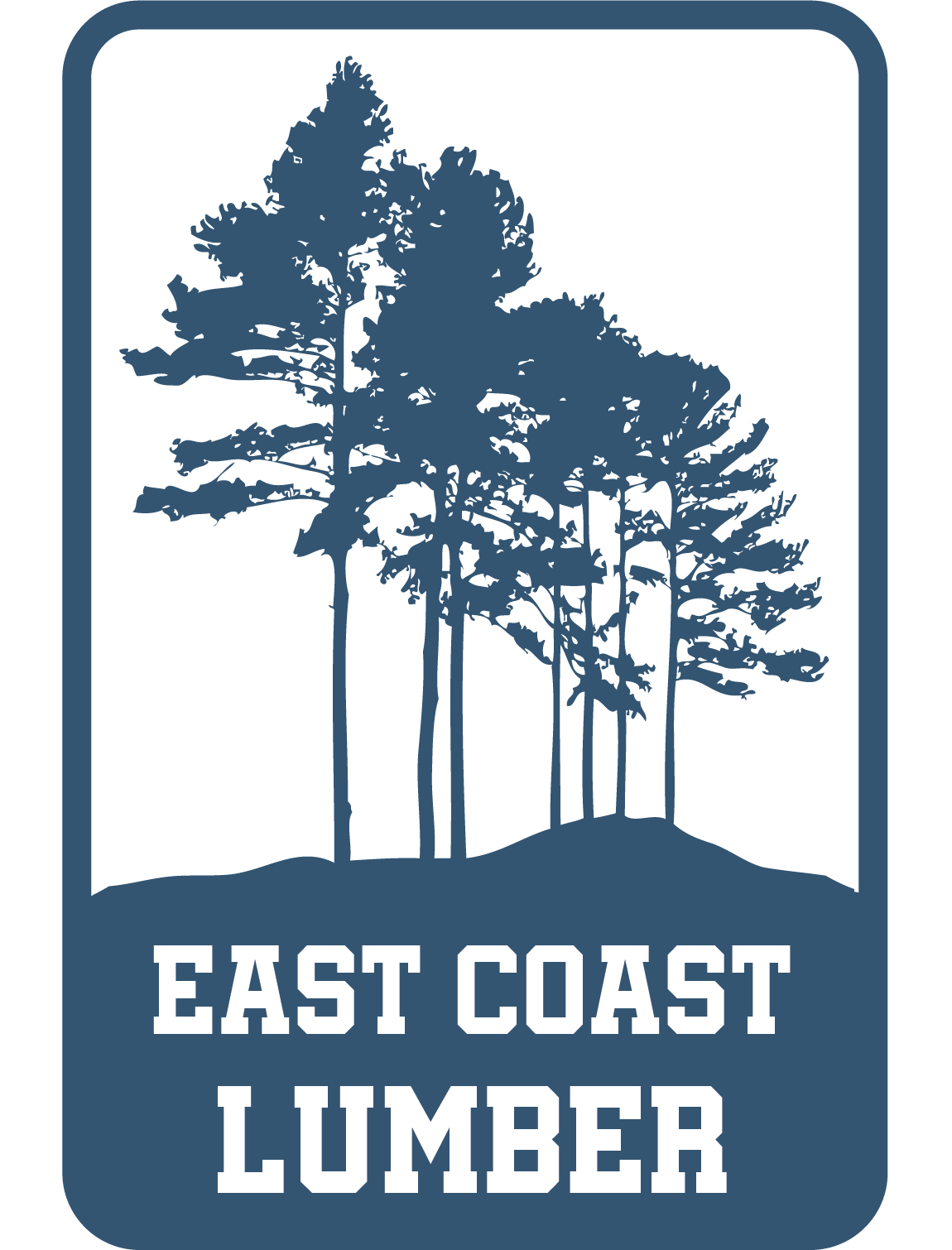Choosing the Right Lumber for Your Business: A Comprehensive Guide
Lumber is an essential material for a wide range of industries, from construction and furniture making to packaging and manufacturing. Selecting the right type of lumber for your business is crucial for ensuring product quality, cost efficiency, and sustainability. In this comprehensive guide, we will explore the key factors to consider when choosing lumber, the different types available, and best practices for sourcing and handling.
Understanding Your Lumber Needs
Before selecting lumber, businesses must assess their specific needs based on application, durability, cost, and sustainability. Consider the following factors:
Application: Will the lumber be used for structural purposes, furniture, pallets, or decorative elements?
Strength and Durability: Does the lumber need to withstand heavy loads, moisture, or outdoor conditions?
Budget: What is the cost-effectiveness of different lumber types for your business?
Sustainability: Are you looking for eco-friendly, certified wood options?
Types of Lumber
Lumber is generally classified into two main categories: hardwood and softwood. Each has unique properties suited to different industrial and commercial applications.
1. Hardwood Lumber
Hardwood comes from deciduous trees, offering strength, density, and durability. Common hardwoods include:
Oak – Strong, durable, and resistant to moisture; used in furniture and flooring.
Maple – Hard and wear-resistant; ideal for cabinets and sports equipment.
Birch – Smooth grain, suitable for plywood and veneer applications.
Walnut – Aesthetic appeal with rich color; used in fine woodworking.
Pros:
High durability and strength
Ideal for furniture and high-end applications
Aesthetic appeal with rich grain patterns
Cons:
More expensive than softwood
Heavier and harder to work with
2. Softwood Lumber
Softwood comes from coniferous trees and is widely used for construction and industrial applications. Common softwoods include:
Pine – Lightweight and easy to work with; used in construction and furniture.
Spruce – Strong and affordable; ideal for framing and paneling.
Fir – Stiff and stable; used in beams and plywood.
Cedar – Naturally resistant to decay and insects; great for outdoor use.
Pros:
More affordable than hardwood
Lightweight and easier to process
Widely available in bulk quantities
Cons:
Less durable than hardwood
Requires treatment for moisture resistance
Lumber Grading and Quality Considerations
Lumber grading helps businesses ensure they are purchasing the right quality for their needs. Grading standards are set by organizations like the National Hardwood Lumber Association (NHLA) and the American Softwood Lumber Standard (ALS).
Key Grading Factors:
Appearance: Free from knots and defects for aesthetic purposes.
Strength: Higher grades offer greater structural integrity.
Moisture Content: Kiln-dried lumber ensures stability and resistance to warping.
Treated vs. Untreated Lumber
Some applications require treated lumber to enhance durability and resistance.
Pressure-Treated Lumber: Infused with preservatives to resist moisture, insects, and decay.
Kiln-Dried Lumber: Processed to remove moisture and prevent shrinkage or warping.
Untreated Lumber: Best for indoor use where exposure to elements is minimal.
Best Practices for Sourcing Lumber
1. Work with Reputable Suppliers
Reliable suppliers ensure consistent quality and compliance with industry standards. Look for:
Industry certifications (FSC, PEFC, SFI)
Customer reviews and recommendations
Ability to provide bulk orders at competitive pricing
2. Consider Sustainability and Certification
Sustainable lumber sourcing is increasingly important. Look for:
FSC-Certified Wood: Ensures responsible forest management.
Reclaimed Wood: Reduces environmental impact.
Engineered Wood Products: Provide an eco-friendly alternative.
3. Optimize Storage and Handling
Proper storage ensures longevity and quality retention:
Store in a dry, well-ventilated space.
Keep lumber elevated from the ground to prevent moisture absorption.
Organize by size and type for easy accessibility.
Conclusion
Choosing the right lumber for your business requires careful consideration of application, budget, durability, and sustainability. By understanding the different types of lumber, grading standards, and best sourcing practices, businesses can make informed decisions that enhance product quality and cost efficiency. Whether you're in construction, furniture making, or packaging, selecting the right wood ensures long-term success and sustainability in your operations.
